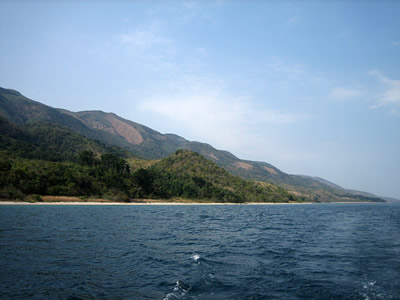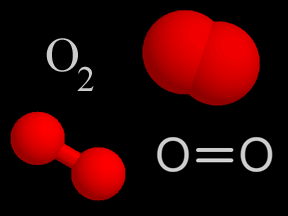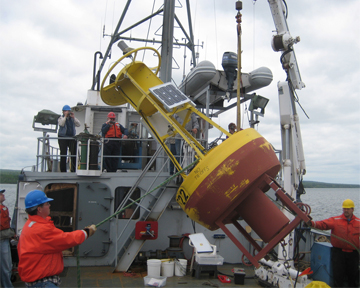Click on image for full size
Image Courtesy of Marc Mayes
East Africa's Lake Tanganyika is Warming More Than Ever Before
Geologists think that the waters of Lake Tanganyika, a long lake located in East Africa, has experienced a huge amount of warming in the last 100 years. Currently, the surface water of this lake is the warmest ever recorded.
This new information is important because the warm surface waters will probably affect the fish in the lake, and millions of people in that region depend on these fish to live.
To collect their data, the scientists took core samples from the lake bed. These samples dated back 1,500 years and showed a history of the lake's temperature. They learned that the lake's current surface temperature is26 degrees Celsius (78.8 F), and this is the warmest the lake has been during that time period.
The scientists also learned that Lake Tanganyika has gone through it's largest change in temperature in the last 100 years. This increase in temperature has made fisheries from the lake less productive.
Lake Tanganyika is surrounded by Burundi, the Democratic Republic of Congo, Tanzania, and Zambia. These four countries are some of the poorest countries in the world. About 10 million people live near the lake and depend on it for drinking water and food. The lake is divided into two levels. Most of the animal species live in the upper 100 meters (328 feet), including the sardines that many people in the region eat. Below 100 meters, the lake has less and less oxygen. Wind churns the lakes waters and brings nutrients from the lower levels to the surface. These nutrients provide food for algae, which supports the lake's entire food web.
But as Lake Tanganyika warms, the mixing of waters is lessened, and even more wind is needed to churn the waters enough to bring nutrients to the upper layer.
Climate change models show a general warming trend in the region, which would cause even greater warming of Lake Tanganyika's surface waters.















